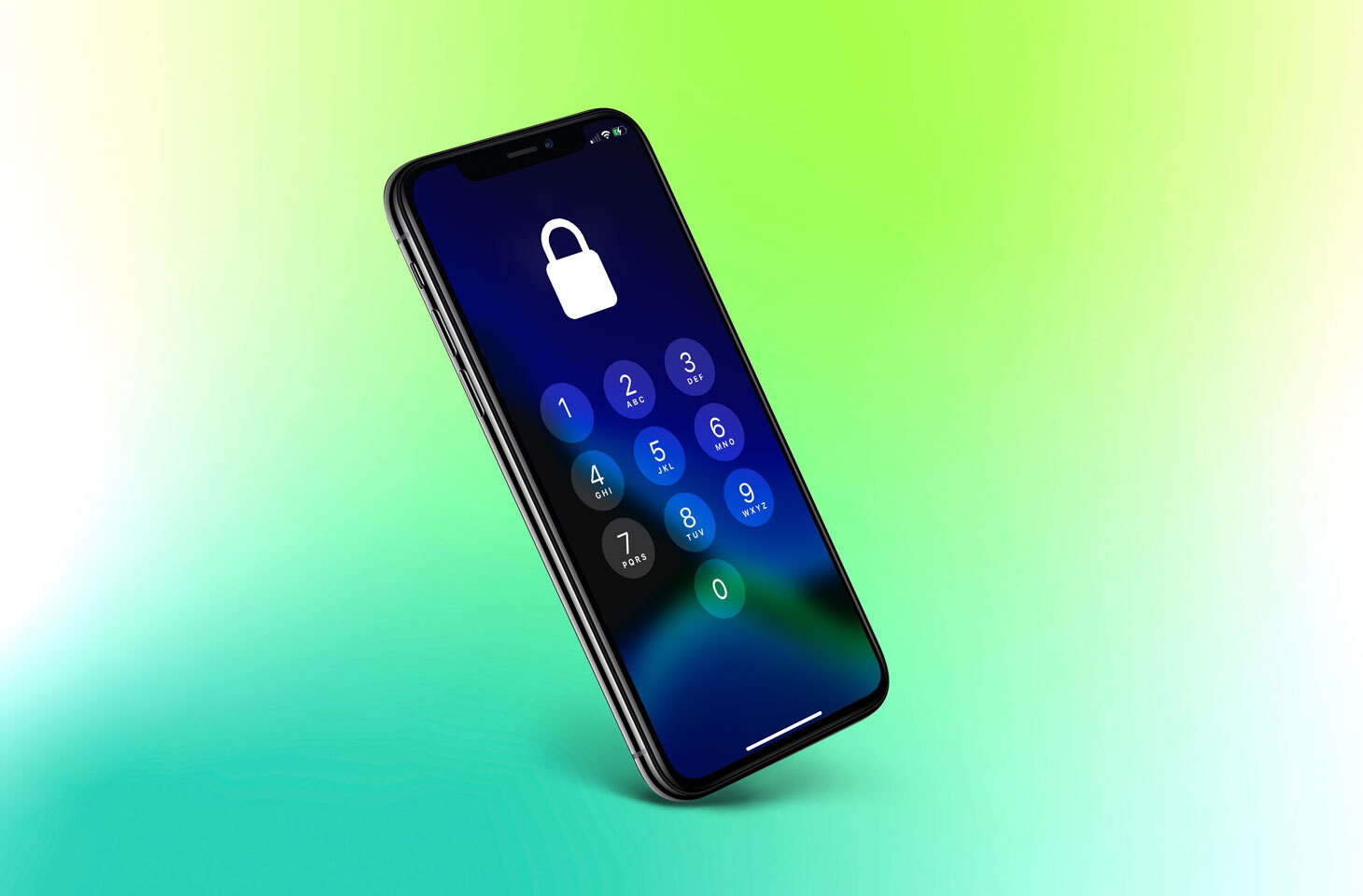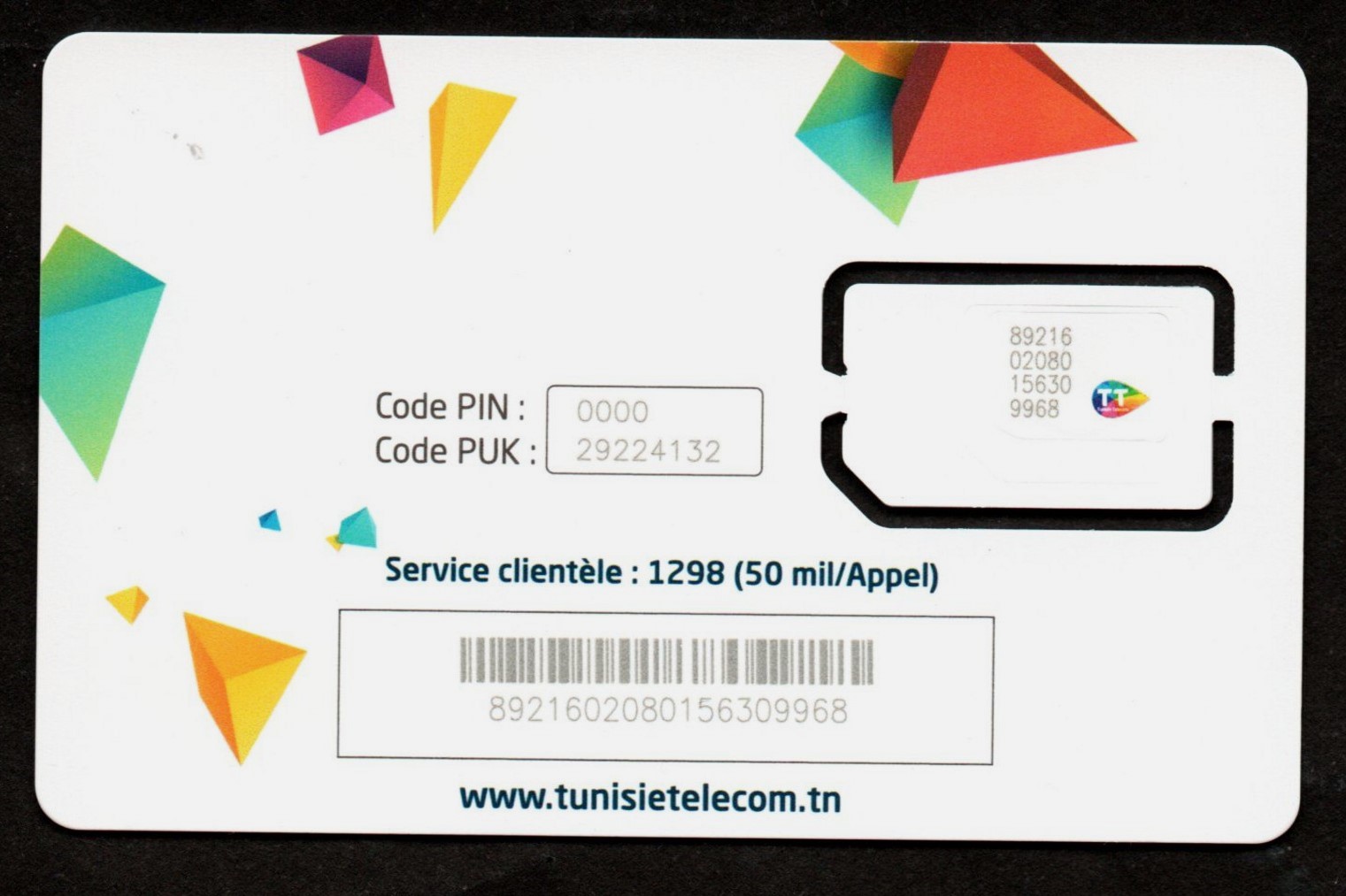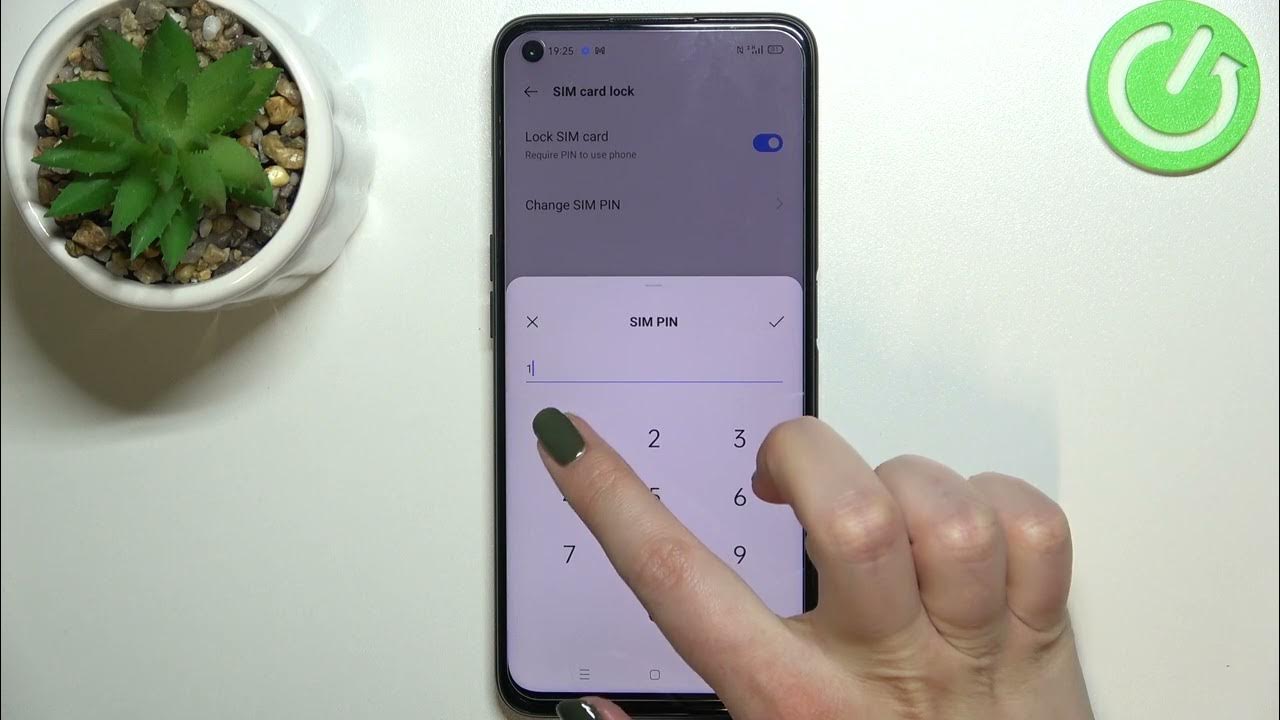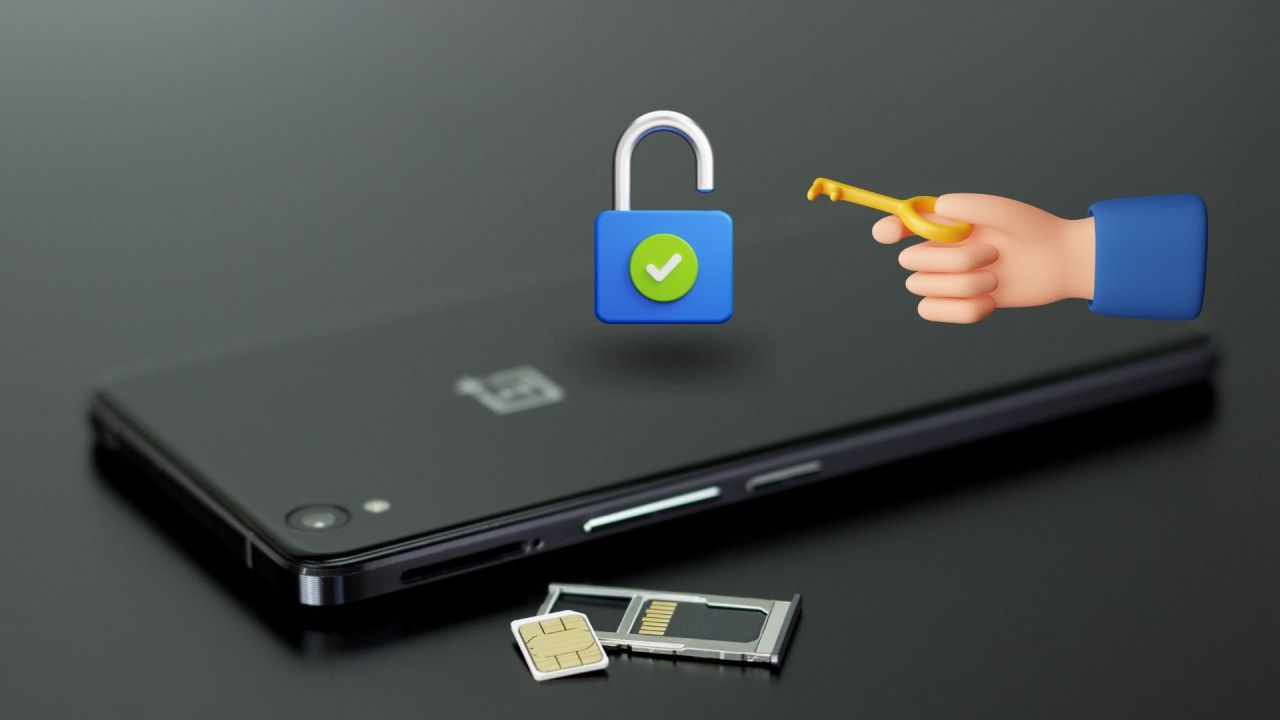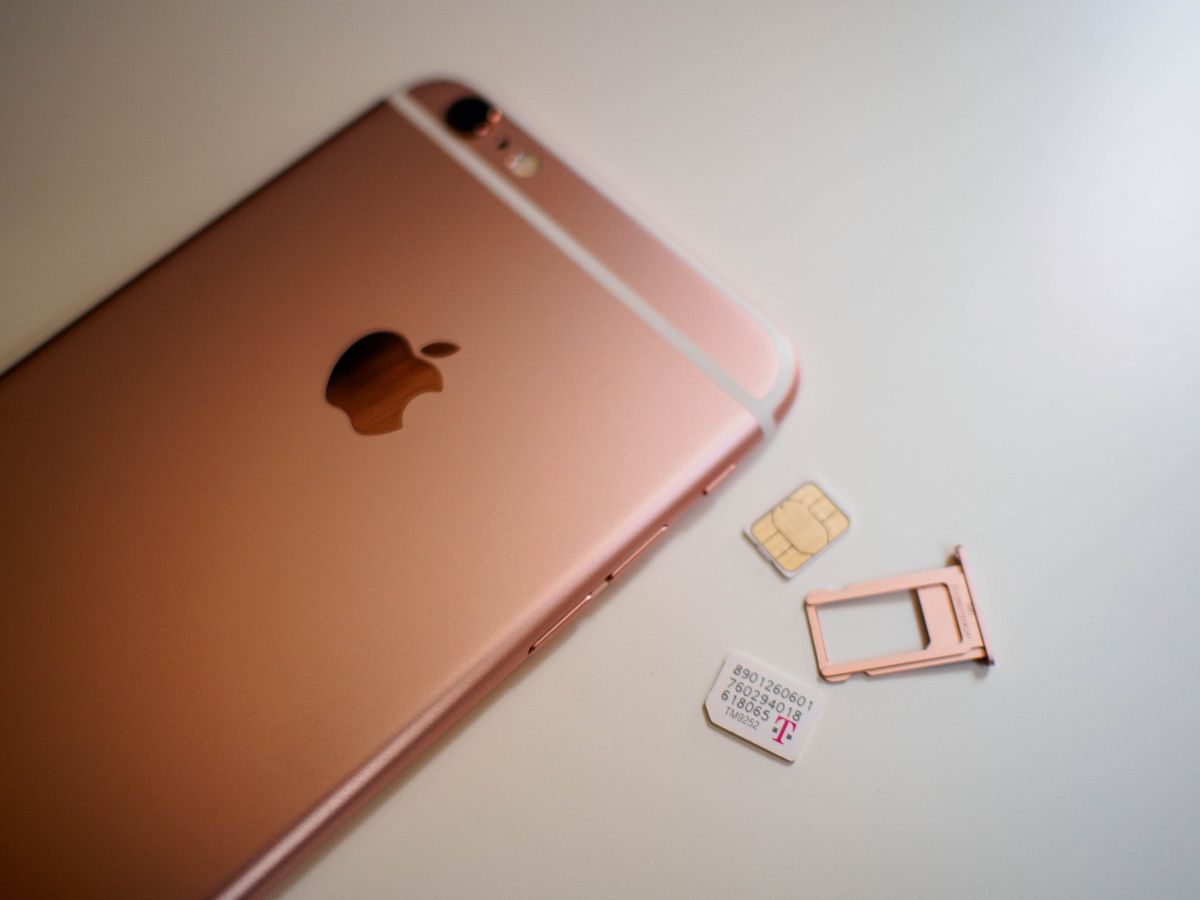Introduction
In the fast-paced world of mobile technology, the SIM card plays a crucial role in connecting our devices to the network. It serves as the gateway for communication, enabling us to make calls, send messages, and access the internet. Despite its small size, the SIM card holds a wealth of information and is essential for the functionality of our mobile devices.
Understanding the significance of safeguarding the SIM card's security is paramount in today's digital landscape. One important aspect of securing your SIM card is setting a Personal Identification Number (PIN). This simple yet effective security measure adds an extra layer of protection to your SIM card, ensuring that only authorized users can access its functionalities.
In this article, we will delve into the concept of a SIM card PIN, its importance, and the steps to locate and set it. Additionally, we will explore the best practices for choosing a secure SIM card PIN to safeguard your mobile device and personal information. So, let's embark on this journey to enhance the security of our mobile devices and ensure a safer digital experience.
What is a SIM Card PIN?
A SIM card PIN, or Personal Identification Number, is a unique numeric code used to authenticate and validate the identity of the user accessing the SIM card. It serves as a security measure to prevent unauthorized usage of the SIM card and the mobile device to which it is linked. When enabled, the SIM card PIN must be entered each time the device is powered on or the SIM card is inserted, ensuring that only authorized users can access the network and utilize the SIM card's functionalities.
The SIM card PIN typically consists of four to eight digits and is set by the mobile network operator or the user, depending on the device and service provider. It is important to note that the SIM card PIN is distinct from the device's lock screen PIN or password. While the device lock screen PIN safeguards the overall access to the device, the SIM card PIN specifically protects the SIM card and its associated services.
By requiring the entry of the SIM card PIN, the mobile device ensures that even if the device is lost or stolen, the SIM card remains secure and inaccessible to unauthorized individuals. This added layer of security helps prevent misuse of the SIM card for making calls, sending messages, or accessing mobile data, thereby safeguarding the user's privacy and minimizing the risk of unauthorized usage and fraudulent activities.
In essence, the SIM card PIN acts as a digital lock, fortifying the security of the SIM card and the user's mobile services. Its implementation is a proactive step towards enhancing the overall security posture of mobile devices, empowering users to have greater control over the accessibility of their SIM cards and ensuring a safer and more secure mobile experience.
Why Set a SIM Card PIN?
Setting a SIM card PIN is a fundamental aspect of bolstering the security of your mobile device and safeguarding the sensitive information stored on the SIM card. By implementing a SIM card PIN, you establish an additional layer of protection that fortifies the overall security posture of your mobile communications. This proactive security measure offers several compelling reasons for its adoption.
Protection Against Unauthorized Usage
Enabling a SIM card PIN serves as a robust deterrent against unauthorized access to the SIM card and the associated mobile services. In the event of a lost or stolen device, the SIM card PIN prevents unauthorized individuals from utilizing the SIM card for making calls, sending messages, or accessing mobile data. This proactive defense mechanism minimizes the risk of unauthorized usage and potential fraudulent activities, thereby safeguarding your privacy and financial interests.
Enhanced Data Security
The SIM card stores a wealth of sensitive information, including contact details, call logs, and messages. By setting a SIM card PIN, you add an additional safeguard to this valuable data, ensuring that only authorized users can access and utilize the SIM card's functionalities. This proactive approach to data security minimizes the risk of unauthorized access to personal and confidential information, reinforcing your control over the privacy and integrity of your mobile communications.
Preventing SIM Swapping Attacks
SIM swapping, a malicious tactic employed by cybercriminals, involves transferring a victim's phone number to a SIM card under the attacker's control. This nefarious practice can lead to unauthorized access to the victim's communications and sensitive information. By setting a SIM card PIN, you fortify the defense against SIM swapping attacks, making it significantly more challenging for malicious actors to compromise your mobile services and perpetrate fraudulent activities.
Proactive Security Mindset
Embracing the practice of setting a SIM card PIN cultivates a proactive security mindset, empowering users to take ownership of their digital security. By incorporating this simple yet effective security measure, individuals demonstrate a commitment to safeguarding their mobile communications and personal information. This proactive approach not only enhances individual security but also contributes to the collective resilience against unauthorized access and fraudulent activities in the mobile ecosystem.
In essence, setting a SIM card PIN is a proactive step towards fortifying the security of your mobile device, protecting sensitive information, and minimizing the risk of unauthorized usage and fraudulent activities. This simple yet effective security measure empowers users to take control of their digital security and ensure a safer and more secure mobile experience.
How to Locate Your SIM Card PIN
Locating your SIM card PIN is essential for ensuring that you have access to this crucial security feature. The SIM card PIN can be found in several locations, depending on the device and the mobile service provider. Here are the steps to locate your SIM card PIN:
-
Check the SIM Card Packaging: When you first received your SIM card, it likely came in a small package or card provided by your mobile service provider. The SIM card PIN may be printed on this packaging or included in the documentation that accompanied the SIM card. Look for any labeled or designated sections related to the SIM card PIN.
-
Review the User Manual: Many mobile devices include a user manual or guide that provides comprehensive information about the device's features and functionalities. Check the user manual for details on locating and setting the SIM card PIN. The section pertaining to the SIM card or security settings is likely to contain instructions on finding the SIM card PIN.
-
Access the Device Settings: On some devices, the SIM card PIN can be accessed and viewed directly from the device settings. Navigate to the device settings menu and look for the section related to security or SIM card management. Within this section, you may find an option to view or change the SIM card PIN. Follow the on-screen instructions to access the SIM card PIN information.
-
Contact the Mobile Service Provider: If you are unable to locate the SIM card PIN using the aforementioned methods, consider reaching out to your mobile service provider for assistance. Customer support representatives can provide guidance on how to locate the SIM card PIN and may also offer additional security recommendations to safeguard your SIM card and mobile services.
-
Use Online Resources: Some mobile service providers offer online account management platforms where users can access information about their SIM cards and security settings. Log in to your mobile service provider's online portal or app and navigate to the section dedicated to SIM card management or security settings. Here, you may find details about your SIM card PIN and related security features.
By following these steps, you can successfully locate your SIM card PIN, empowering you to understand and utilize this essential security feature. Once you have identified your SIM card PIN, you can proceed to set it up and enhance the security of your mobile device and SIM card.
Remember, the SIM card PIN is a valuable security asset that adds an extra layer of protection to your mobile communications. By familiarizing yourself with the process of locating and setting the SIM card PIN, you demonstrate a proactive approach to securing your mobile device and personal information.
How to Set Your SIM Card PIN
Setting up your SIM card PIN is a straightforward process that empowers you to enhance the security of your mobile device and safeguard your SIM card and associated services. By following these simple steps, you can establish a personalized SIM card PIN that adds an additional layer of protection to your mobile communications.
-
Access the Device Settings: Begin by accessing the settings menu on your mobile device. Look for the section related to security or SIM card management. Within this section, you will find an option to set or change the SIM card PIN.
-
Select the SIM Card PIN Option: Once you have located the SIM card PIN settings, select the option to set a new PIN. You may be prompted to enter your existing SIM card PIN for verification purposes before proceeding.
-
Enter a Secure PIN: When prompted, enter a new SIM card PIN of your choice. It is important to choose a PIN that is easy for you to remember but difficult for others to guess. Consider using a combination of numbers that hold personal significance to you, making it easier to recall while maintaining security.
-
Confirm the New PIN: After entering the new SIM card PIN, you will be asked to confirm the PIN by entering it a second time. This step ensures that the PIN has been accurately entered and helps prevent any inadvertent errors in the process.
-
Finalize the Setup: Once the new SIM card PIN and its confirmation have been successfully entered, proceed to finalize the setup. Your mobile device will then save the new SIM card PIN, securing your SIM card and requiring the entry of the PIN each time the device is powered on or the SIM card is inserted.
By following these steps, you can effectively set up a personalized SIM card PIN, bolstering the security of your mobile device and ensuring that only authorized users can access the SIM card and its associated services. It is important to remember the newly set SIM card PIN and avoid sharing it with unauthorized individuals to maintain the integrity of this security measure.
Taking the initiative to set your SIM card PIN exemplifies a proactive approach to securing your mobile communications and personal information. By incorporating this simple yet effective security measure, you contribute to a safer and more secure mobile experience, empowering yourself with greater control over the accessibility of your SIM card and reinforcing the overall security posture of your mobile device.
Tips for Choosing a Secure SIM Card PIN
Selecting a secure SIM card PIN is a pivotal step in fortifying the security of your mobile communications. By adhering to best practices and considering certain factors, you can establish a robust and memorable SIM card PIN that enhances the overall security posture of your mobile device. Here are some valuable tips for choosing a secure SIM card PIN:
-
Avoid Common Sequences: Steer clear of easily guessable sequences such as "1234" or "0000." These predictable patterns are among the first combinations that unauthorized individuals may attempt when trying to access a SIM card. Opt for a more unique and personalized sequence to bolster the security of your SIM card.
-
Incorporate Personal Significance: Consider using a combination of numbers that hold personal significance to you. This could include important dates, anniversaries, or other memorable numerical sequences that are meaningful to you. By incorporating personal significance, you can create a PIN that is easier for you to remember while maintaining a high level of security.
-
Utilize Non-Consecutive Numbers: Select a PIN that includes non-consecutive numbers or a mix of ascending and descending sequences. This approach adds complexity to the PIN and reduces the likelihood of it being easily guessed or cracked. By introducing non-linear patterns, you enhance the resilience of your SIM card PIN against unauthorized access attempts.
-
Opt for Length and Complexity: When permitted by your device, consider using the maximum allowable length for the SIM card PIN. Longer PINs offer increased security by expanding the potential number of combinations, thereby making it more challenging for unauthorized individuals to guess or brute-force the PIN. Additionally, incorporate a mix of digits to enhance the complexity of the PIN.
-
Regularly Update Your PIN: Periodically updating your SIM card PIN adds an extra layer of security to your mobile communications. Consider changing your PIN at regular intervals, especially if you suspect any potential security compromise. This proactive approach mitigates the risk of unauthorized access and reinforces the security of your SIM card.
By adhering to these tips, you can effectively choose a secure and memorable SIM card PIN that fortifies the security of your mobile device and safeguards your SIM card and associated services. This proactive approach empowers you to take control of your digital security, ensuring a safer and more secure mobile experience while maintaining the accessibility and integrity of your SIM card.







